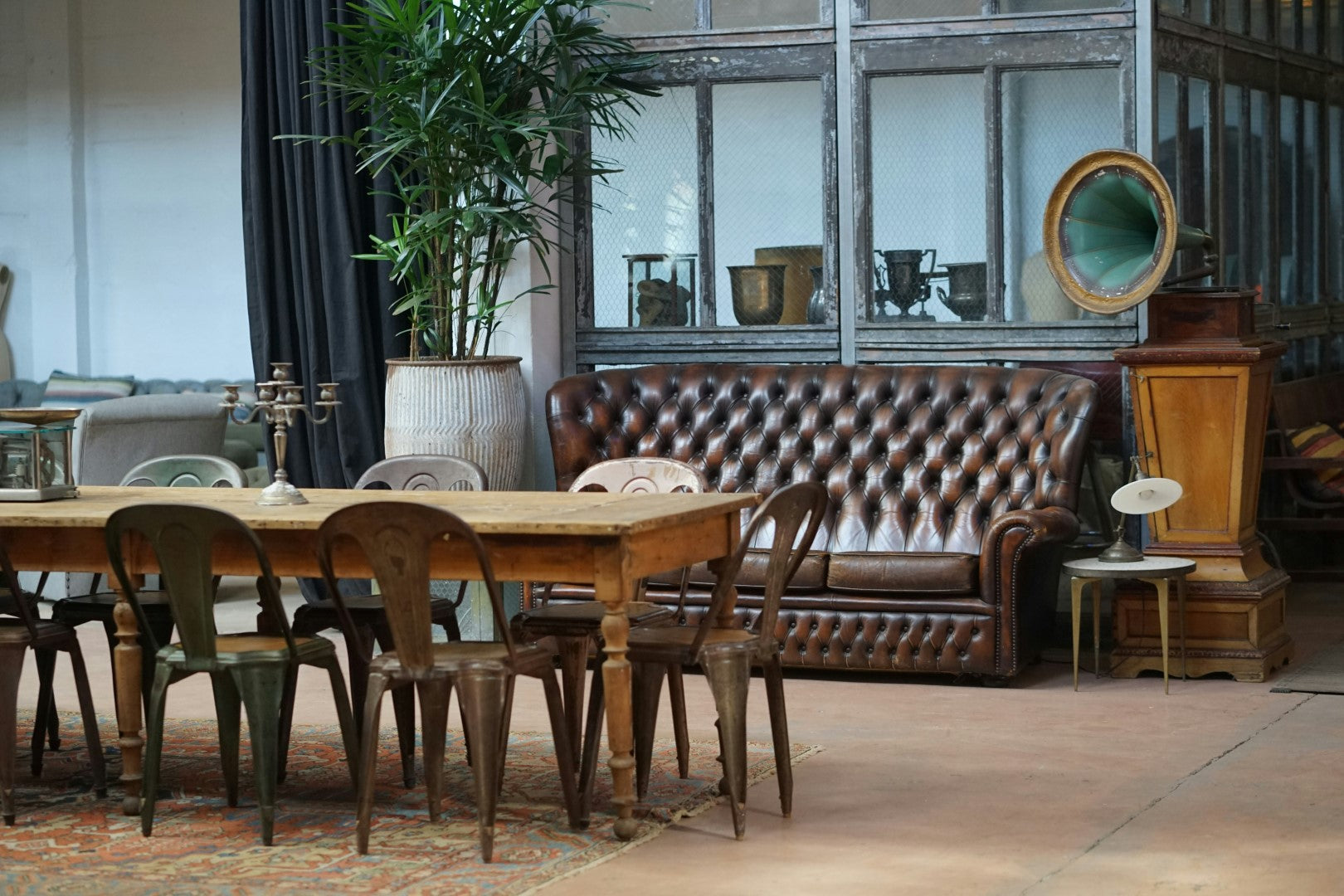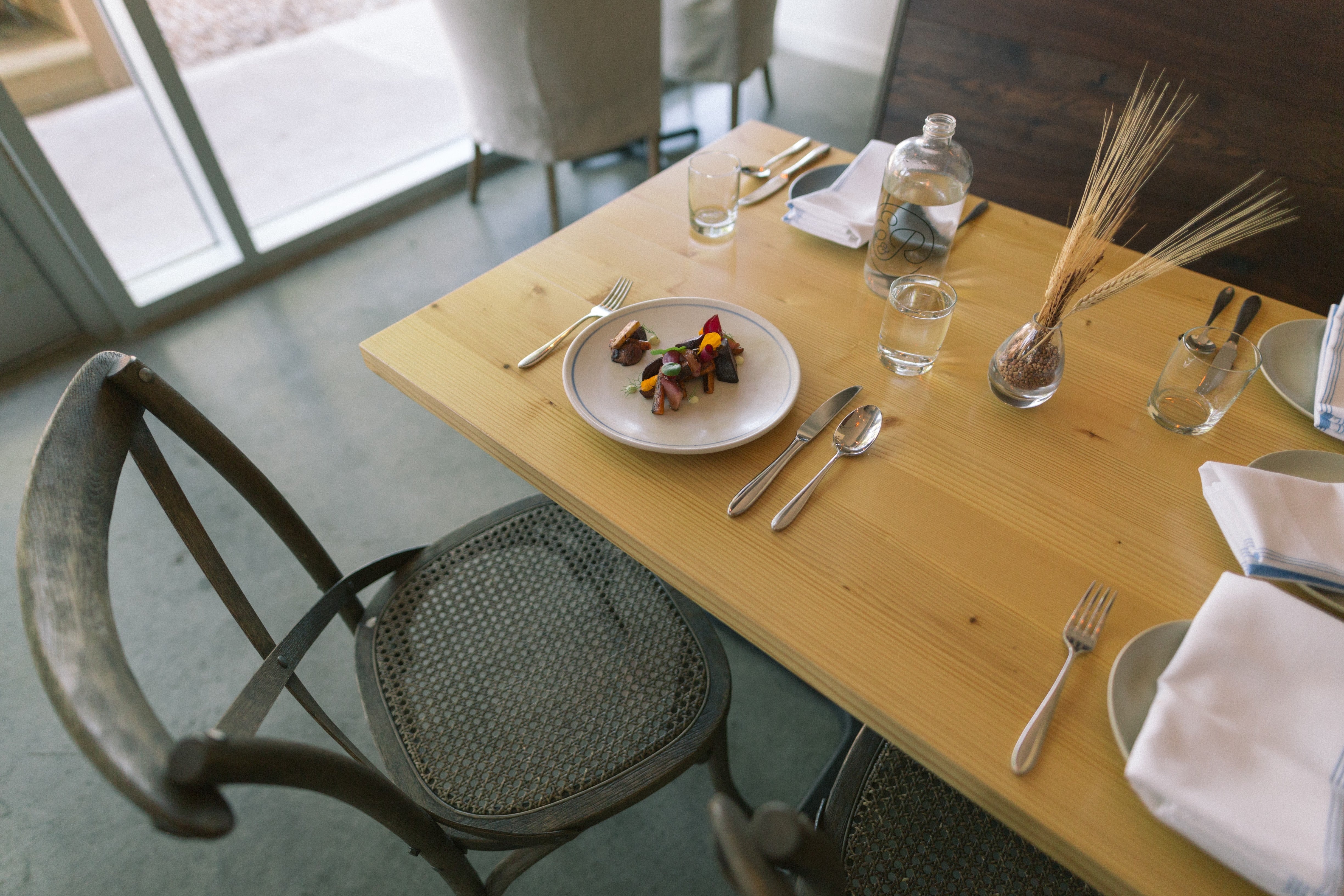
The Art of Arrangement
The Art of Arrangement
Mastering the Ideal Ways to Organize Your Living Room Furniture
The focal point of your house is the living room, where friends and family congregate, special moments are created, and unwinding is highly valued. The ambience and usability of your living room can be greatly affected by the way you arrange the furniture. The secret to creating a stylish entertaining space or a comfortable retreat is to become an expert at arranging furniture. We'll look at the best arrangements for your living room furniture in this blog, with an emphasis on maximizing comfort and visual appeal.
Define the Purpose of the Room:
Think about the main purpose of your living room before moving a single piece of furniture. Is it a place for formal events, family movie evenings or just hanging out? Determining the goal will help you arrange the furniture in a way that best fits your needs and style.
Create a Focal Point:
Every well-designed living room needs a focal point something eye-catching that serves as the room's anchor and source of attention. This could be an elegant entertainment centre a large window offering a breath-taking view or a fireplace. In order to make this focal point the centre of attention in the room, arrange your furniture to accentuate it.
Establish Traffic Flow:
A living room that is both comfortable and functional needs to have good traffic flow. Organize the furniture so that there are no barriers in the way of simple movement throughout the room. Arrange the furniture in the room taking into account the natural routes that people take to and from it. To preserve an air of openness and accessibility, keep doors unobstructed and pathways unobstructed.
Consider the Scale of Furniture:
When it comes to furniture placement, proportion is everything. Ensure that the scale of your furniture matches the dimensions of the space. Little pieces may be overlooked in a large room, while oversized furniture can make a room feel claustrophobic. Achieve equilibrium by choosing furnishings that balance the room's measurements, resulting in a tasteful and proportionate arrangement.
Create Conversation Areas:
Consider setting up separate areas for conversation if your living room serves as a gathering place for people. Whether it's a central coffee table or a cluster of cozy chairs, arrange seating to promote in-person conversation. This configuration encourages closeness and creates a welcoming, conversation-friendly atmosphere in the space.
Balance Symmetry and Asymmetry:
Finding a pleasing balance between symmetry and asymmetry in your living room's design is key to creating balance. Asymmetry adds interest and keeps the space from feeling overly formal, even though symmetrical arrangements can be aesthetically pleasing and establish order. To find the ideal visual balance, try combining asymmetrical and balanced arrangements.
Mindful Rug Placement:
Rugs are essential for defining areas in a room. Make sure the rug you choose is big enough to support the seating area's furniture. Ideally, all of your furniture's legs—or at least the front legs—should be on the rug. This defines distinct functional zones within the living space and unifies the entire area.
Utilize Multi-Functional Furniture:
Furniture with two purposes should be taken into consideration for smaller living rooms or multipurpose areas. Nesting tables, ottomans that double as coffee tables, and sofas with built-in storage are great options. This optimizes use of the area while also keeping it clear of clutter.
Experiment with Furniture Arrangement:
Try experimenting with different configurations of furniture without fear. Rearrange items until you have a layout that seems perfect. This could be moving the coffee table, rearranging your sofa and chairs, or experimenting with different viewpoints. Consider carefully how each arrangement influences the room's ambiance and flow.
Lighting Matters:
Try experimenting with different configurations of furniture without fear. Rearrange items until you have a layout that seems perfect. This could be moving the coffee table, rearranging your sofa and chairs, or experimenting with different viewpoints. Consider carefully how each arrangement influences the room's ambiance and flow.
Personalize with Accessories:
Once the main furniture pieces are in place, use accessories to give your space personality and flair. The room's overall aesthetic is enhanced by tastefully chosen trinkets, artistic wall decor, and decorative throw pillows. Though it can result in visual clutter, take care not to overcrowd the area with too many accessories.
Adapt to Room Shape:
The furniture arrangement in your living room can be significantly influenced by its shape. Symmetrical arrangements are usually effective in square rooms; however, in longer rectangular rooms, you may need to divide the space with furniture or create several seating areas. Modify your setup to take full advantage of the special dimensions of the space.
Conclusion
Furniture arrangement in your living room is a creative and dynamic process that calls for consideration. You can design a layout that strikes a balance between form and function by determining the purpose of the space, putting in place a focal point, and taking into account elements like traffic flow and furniture scale. Try out various configurations, taking into consideration the special qualities of your area, and don't forget to add accessories to reflect your own style. These perfectly arranged living room furniture ideas will not only improve the room's aesthetic appeal but also make it a warm and inviting place to unwind and mingle.



























